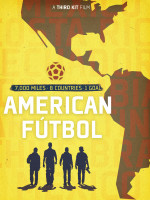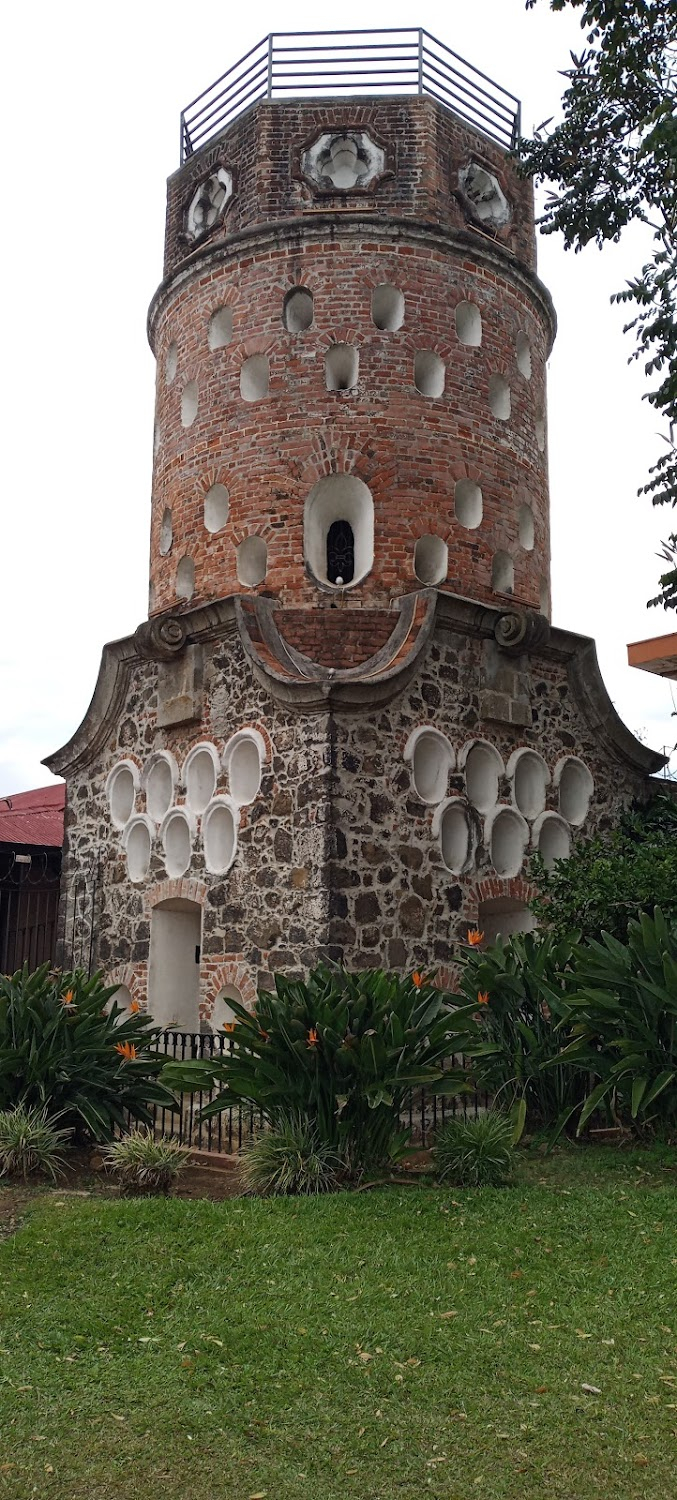American Fútbol Filming Locations

Where was American Fútbol filmed? American Fútbol was filmed in 10 locations across United States, Mexico, Costa Rica, Colombia, Uruguay, Ecuador, Brazil, Chile and Argentina in the following places:
American Fútbol Filming Locations
Los Angeles is a sprawling Southern California city and the center of the nation’s film and television industry. Near its iconic Hollywood sign, studios such as Paramount Pictures, Universal and Warner Brothers offer behind-the-scenes tours. On Hollywood Boulevard, TCL Chinese Theatre displays celebrities’ hand- and footprints, the Walk of Fame honors thousands of luminaries and vendors sell maps to stars’ homes.
San Diego is a city on the Pacific coast of California known for its beaches, parks and warm climate. Immense Balboa Park is the site of the renowned San Diego Zoo, as well as numerous art galleries, artist studios, museums and gardens. A deep harbor is home to a large active naval fleet, with the USS Midway, an aircraft-carrier-turned-museum, open to the public.
Tijuana is a border city in Mexico, just south of California. Its bustling main street, Avenida Revolución, is lined with souvenir shops and lively bars. Landmarks include the neoclassical Jai Alai Frontón palace and Centro Cultural Tijuana, a modern cultural complex in the Zona Río district. Throughout town, stadiums stage lucha libre (wrestling) matches, while the nearby city of Rosarito fronts sandy beaches.
Heredia is a district in the Heredia canton of Heredia province, Costa Rica. As the seat of the municipality of Heredia canton, it is awarded the status of city, and by virtue of being the city of the first canton, it is the Province Capital of Heredia province as well.
Bogotá is Colombia’s sprawling, high-altitude capital. La Candelaria, its cobblestoned center, features colonial-era landmarks like the neoclassical performance hall Teatro Colón and the 17th-century Iglesia de San Francisco. It's also home to popular museums including the Museo Botero, showcasing Fernando Botero's art, and the Museo del Oro, displaying pre-Columbian gold pieces.
Montevideo, Uruguay’s capital, is a major city along Montevideo Bay. It revolves around the Plaza de la Independencia, once home to a Spanish citadel. This plaza leads to Ciudad Vieja (the old town), with art deco buildings, colonial homes and landmarks including the towering Palacio Salvo and neoclassical performance hall Solís Theatre. Mercado del Puerto is an old port market filled with many steakhouses.
Guayaquil is a port city in Ecuador, known as a gateway to Pacific beaches and the Galapagos Islands. Stretching along the Guayas River is the waterfront Simón Bolívar promenade, home to La Rotonda monument. In the north, Las Peñas is a neighborhood full of colorful houses. Stairs lined with cafes and art galleries lead up Santa Ana Hill, site of Santa Ana chapel, a lighthouse and views of the city.
Brazil, officially the Federative Republic of Brazil, is the largest and easternmost country in South America and Latin America. Brazil is the world's fifth-largest country by area and the seventh most populous. Its capital is Brasília, and its most populous city is São Paulo.
Valparaíso is a port city on Chile’s coast. It's known for its steep funiculars and colorful, clifftop homes. La Sebastiana, the quirky former residence of Chilean poet Pablo Neruda, is now a museum with far-reaching Pacific views. During the 19th century, an influx of European immigrants left their mark on the city’s architecture and cultural institutions, many of which congregate around downtown’s Plaza Sotomayor.
Buenos Aires is Argentina’s big, cosmopolitan capital city. Its center is the Plaza de Mayo, lined with stately 19th-century buildings including Casa Rosada, the iconic, balconied presidential palace. Other major attractions include Teatro Colón, a grand 1908 opera house with nearly 2,500 seats, and the modern MALBA museum, displaying Latin American art.
American Fútbol (2019)
4 friends journey through Latin America on the way to the World Cup in Brazil to explore the deep cultural connection people have with the world's most popular sport.

